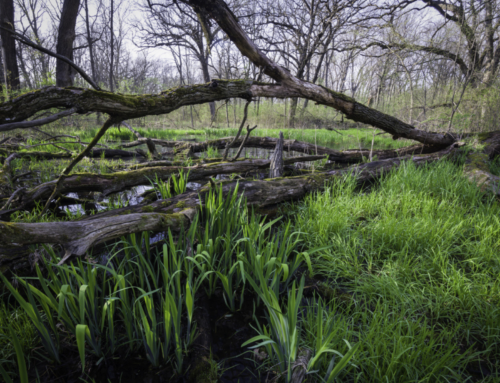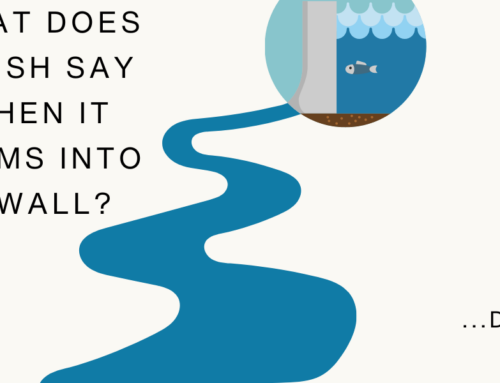Connecticut River Conservancy Testimony in SUPPORT of HB 6809 An Act Concerning Financial Incentives for Certain Streamside Buffers
To: Honored Co-Chairs, Sen. Lopes and Rep. Gresko, and distinguished Members of the Environment Committee
I am writing on behalf of the Connecticut River Conservancy (CRC); we are an environmental nonprofit dedicated to protecting the entire Connecticut River valley through initiatives that support clean waters, healthy habitats and thriving communities. I am writing in support of HB 6811 which will provide incentives to protect and conserve riparian buffers that are critical to the health of the Connecticut River.
Stormwater runoff transports pollutants from roads, farmland, sidewalks and yards into our river systems – but riparian buffers act as a filter.
Stormwater runoff pollutes our rivers and streams with bacteria, nutrients, oil, microplastics and more. The runoff picks up herbicides, lawn fertilizer, farm waste, road salt and without buffer filtration – it ends up directly in the water. This pollution harms ecological habitats and creates unsafe conditions for recreational opportunities like swimming and boating. Nutrient loads lead to harmful algal blooms, toxic road runoff can kill fish, and agricultural waste can end up in people’s favorite swimming holes. Riverbanks with native trees and shrubs filter polluted runoff and provide a crucial buffer zone between our streams and land use.
Protecting existing streamside buffers is far more impactful than restoring lost ones.
At CRC, we restore riverbank vegetation throughout the Connecticut River watershed. Since 2011, we have planted more than 79,403 native trees in order to filter polluted runoff and provide a buffer zone. However, we believe that it’s far more impactful to conserve and protect these plants from being removed in the first place. There are a number of critical actions that we will need to take to mitigate the impact of stormwater pollution including planting trees, invasive species removal, and green infrastructure. But protecting existing riparian buffers – which is a nature-based solution – is a cost-effective and impactful action. It’s important to note that in addition to filtering runoff, riparian buffers provide critical wildlife habitat, mitigate floods, stabilize banks, capture carbon dioxide and create beautiful places. HB 6809 is a step in the right direction to protecting critical riparian buffers which are integral to maintaining clean and healthy water and mitigating the impact of stormwater pollution.
Thank you for your consideration. I may be reached at rdrozdenko@ctriver.org or 860-929-8021.
Rhea Drozdenko (she/her/hers)
River Steward







